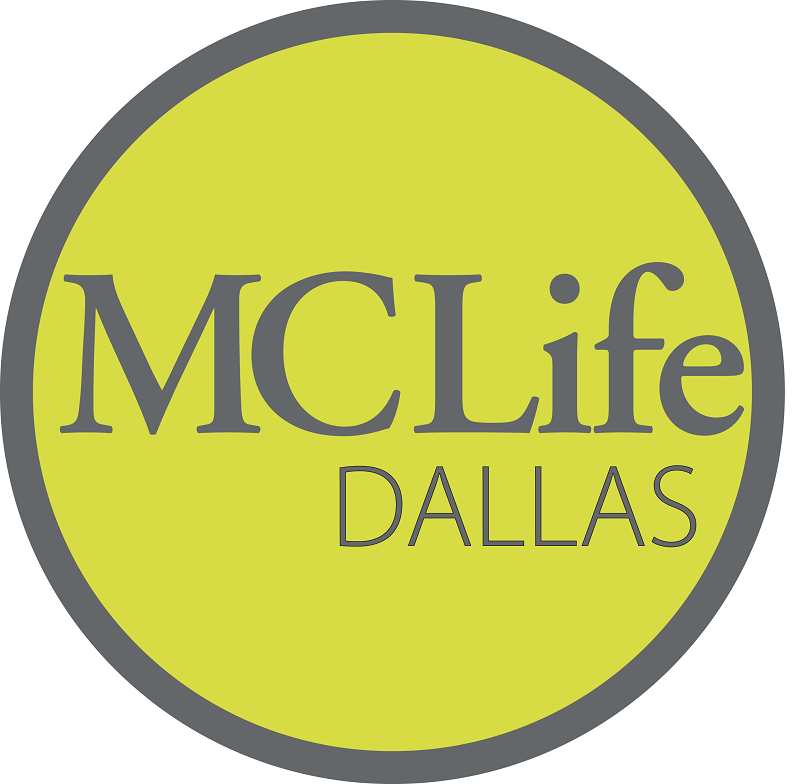A lot of people dream of having cuddly new pets. Who doesn’t love puppies? Unfortunately, the reality of having a new puppy in the house isn’t as good as the fiction. Puppies are a lot of work, and depending on the breed, training a new puppy is not easy. Lucky for you, we are bringing you some puppy training tips that might come in handy!
How Long Does Training Take?
Depending on breed and your training habits, the training process may not be as long as you think. Dogs and puppies are creatures of habit and they easily form new ones. The trick is to form their habits before they have a chance to form bad ones. If you work with your puppy consistently, training should come faster.
When to Start Training Your New Puppy
Training your puppy actually begins before you even bring him home. Just as you would baby-proof the house for a new baby, you should set up your house ahead of time for a puppy. After that’s accomplished, your active puppy training will begin as soon as he comes through the door. The longer you wait to start training, you will have more bad habits to break.
How to Prepare Your House for the Puppy
- Decide if you want to keep certain areas off-limits. If so install a baby gate or other obstacle so the puppy can’t go there. Over time, you’ll be able to take the gate down.
- Set up the feeding area. Ideally, this should be a mat (for spills), and two bowls. You’ll be able to direct your puppy to the eating area as soon as they come home.
- Arrange the sleeping area. Think this through, because after the puppy sleeps there once, they’ll expect to be able to slumber there all the time.
First Introductions
When your puppy arrives home, avoid getting on the floor to play. You need to establish dominance right away, so either sit on a chair and play or stand up and bend over. This won’t always be the way you have to interact with your puppy. This is just so they know who is the alpha.
Be sure to introduce each member of the family, including the baby and any other pets to welcome them into the family. Express affection for the other family members and pets with physical contact so the puppy understands that they are part of the pack.
Potty Training
This is the most important training you can do to ensure a happy relationship with your new puppy. Lead them to the food bowl, allow them to eat, and then immediately bring them outside to the yard. Guide them to the area where you want them to evacuate. If you designate a specified area, it will help with training and cleanup afterward. Continue this behavior each time they eat or drink. Eventually, the puppy will grasp the concept.
Controlling the Chewing Habit
Just as babies explore the world with their mouths, so do puppies. Many dogs enjoy chewing rawhide well into adulthood. Chewing is good for a dog’s teeth, so you only need to control chewing on the wrong items.
Whenever your puppy takes something inappropriate into its mouth, immediately correct him with your hand up and a firm “No” command while you simultaneously release the object. When the object is on the floor, immediately praise your puppy. With consistent effort, the puppy will drop the object by himself as soon as you say no. Each time he does, immediately praise him with words and physical affection.
A Word About Correction Techniques
Dogs and puppies respond favorably to positive reinforcement. However, their natural instinct is to fight aggression with aggression, so never strike or smack your puppy when they do something wrong. Instead, give high praise for good behavior and the no command for negative behavior.
Your puppy will be with you and your family for years to come. Taking the time now to instill good habits will ensure that the time is a wonderful experience for both of you. Positive reinforcement will go a lot further than negative reinforcement, so praise them when they practice good behavior. They will be more likely to repeat positive behavior if they learn they will receive treats for it.
While it is easy to lose patient with your puppy for chewing up shoes, peeing in the house or jumping up on the furniture, stay calm. They are infants and need patience and training. So be patient, use these puppy training tips and work with your pooch!
